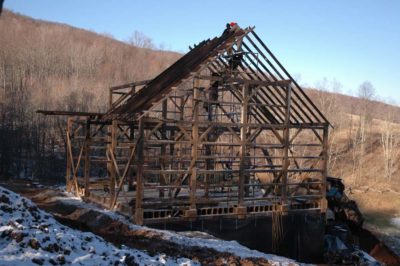
It’s been almost thirteen years since the skeleton of the barn was erected, nine years since it was outfitted with the first of more than a dozen workbenches, and over six years since the first blog post. Now safely ensconced in my 65th year, lately I’ve been contemplating the entire enterprise, reflecting on how blessed I have been and continue to be. Whether it is good news or bad news, after serious consideration I have no plans to change the fundamental structure of activity on the homestead for several more years, but at some point life in the mountains will simply become too physically taxing and the barn and cabin will be in my rear-view mirror. Until then, however, it is still full(?) speed ahead with a big smile on my face, albeit not necessarily in the exact same direction nor the exact same speed. I’m working just as hard as I did when I was 30, but the output is demonstrably less. My Mom is 102 and lucid so I’ve got to think about another forty years of engagement and productivity.
Here is a sketch of what future activities might look like. No telling if it is accurate.

Conservation Projects
Early on I maintained a fairly vibrant furniture and decorative arts conservation practice but have no plans to continue much of that except for specific projects and clients. Yes, I will continue to work with the private collection of tortoiseshell boxes that I’ve been working on for more than a decade. Recently I was approached to collaborate on a couple high profile on-site projects and if those move forward, fine. I love it but at this point I’ve got other things I want to do on the priority list. And I want to truly perfect my artificial tortoisehell. And I want to explore new uses of materials in furniture preservation. And invent new materials, or novel uses of existing materials. And, and, and…
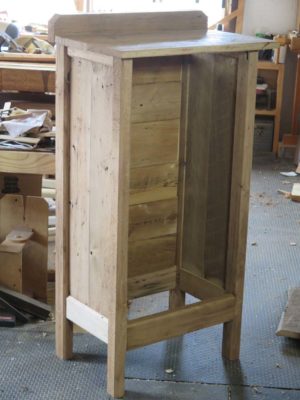
Making Furniture
I make no claim as a furniture maker of any note, but I hope to concentrate on making more in the future. I would love to maintain a small output of Gragg chairs every year, and even modify them and take them in directions Samuel Gragg never went. I also have enough vintage mahogany for eight more Daniel Webster Desks, so perhaps there are some clients who might want one. Only time will tell. I’ve always had a hankering to make some furniture in the milieu of Charles Rennie Mackintosh or Alar Aalto, so maybe that becomes part of the equation. And I have these sketches for pieces representing a collision of Roubo and Krenov while they are sitting on the porch of a Japanese temple. And Mrs. Barn has a list of things she would like for the cabin. And exploring parquetry more intensely. And finally get pretty good at woodworking in general. And, and, and…

Metal Work
I’ve always had a interest in metalworking since my boyhood when I would spend time with my Dad in his shed, melting lead weights and doing a little brazing and welding. Many of those skills have grown fallow but I am trying to get them back and take them to new places. My love of tool making has been rearing its lovely head in recent times and I have every intention of bringing that focus closer to the bullseye. And part of that has to include getting my foundry back on-line. And tuning up all my machine tools like my machinists’ lathes and mill. And getting really good at brazing and silver soldering, maybe even welding. And, and, and…
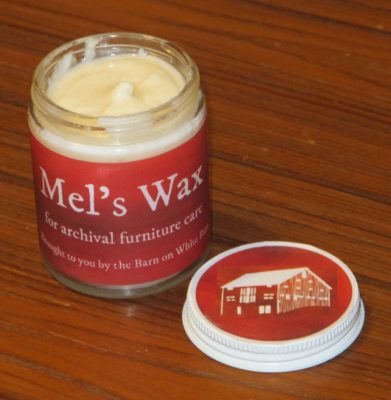
Finishing Adventures
I remain committed to looking both backwards and forwards into the realm of finishing materials, ancient and super modern. I truly believe Mel’s Wax to be a transformative furniture care and preservation product for which I have not yet discovered the key to marketing. But I will keep at it because of my knowledge of its performance and my commitment to Mel’s vision for it. And as for beeswax and shellac wax? Finishing with them may be among the oldest and simplest methods, but they can be extremely difficult and I cannot pretend to have mastered them. And what about my fascination with urushi and its non-allergenic analogs and the beautiful things I want to make from them? And what about the fifty bazillion things I do not know about shellac?And, and and…
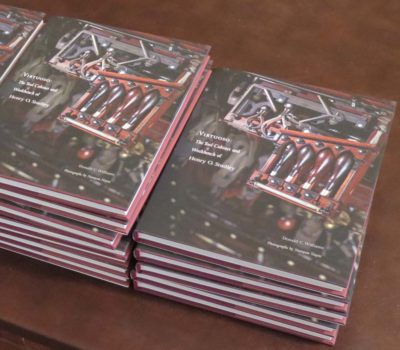
Writing
My plate of writing projects is full to overflowing, building on a strong foundation of completed works. Notwithstanding my current struggles with the manuscript for A Period Finisher’s Manual, due entirely to my having too much esoteric material to include in a reasonably consumable book (really, how much solvent thermodynamics does the typical woodworker need to know?), I enjoy every minute I am writing even when it is driving me crazy. I’d better because my collaborator Michele Pagan is one full book ahead of me in the Roubo Series. And there are two or three more volumes after that one. And some day I need to finish the almost-completed manuscript for A Furniture Conservation Primer created with a colleague while at the SI and thus will be necessarily distributed for free via the web site. And what about my treatise on the technology and preservation of ivory and tortoiseshell? And the dozen mystery/thriller novels I have already plotted out? And who knows how many short stories about the life of First Century craftsman Joshua BarJoseph? And, and, and…
Web
My first of almost 1,200 web posts went up six-and-a-half years ago, which I understand in the world of hobbyist blogging, where blogs come and go like the tides, puts me as some sort of Methuselah. But certainly not in the same class as The Accidental Woodworker, who has been blogging daily for even longer IIRC. Ralph, I tip my hat to you, sir.
I once thought the web site/blog would be a useful portal for soliloquies about my projects and things I’ve learned over a long and rewarding career, but now I am not so sure. A while back I decided to make a concerted effort to blog at least five times a week for a year, and I think I came pretty close. Surely this would increase my web traffic! Well, not so much. At the end of this effort my web traffic was 2% lower than when it began. Despite fairly consistent blogging my visitorship has dropped by almost half over the past four-plus years. So I just scratch my head. I’m not whining, but instead recognizing that the flock who is interested in my musings is shrinking, not growing. Oh well. This is not a good or bad thing, it is just a thing, helpful in me making decisions about priorities. I have no plans to really change anything about the blog, we’ll just wait and see where it goes. When I am not somewhere else, with someone else, or doing something else, I will blog.
Recently I was chatting with someone who informed me that web sites and blogs are now passe and the currency du jour is the unholy trio of Instagram, Facebook, and Twitter. Given that and my antipathy towards the latter two it is likely that I will undertake the former at some near date (yes, I know the relationship between Instagram and Stalkerbook) . Something inside me rebels at the notion of validating the post-literate world, however. Still, the economic treatise presented by Larry the Liquidator is not only dramatic but accurate. Even the Professional Refinisher’s Group is moving forward, transitioning from a moderated email forum to a private Facebook Group, which will leave me behind. But they will survive without me and I intend to maintain contact with that circle of fellowship regardless.
Trouble is, I am by temperament a bizarre mélange of buggy whip maker and hardline “emergent order” Hayekian. Hmmm. Not really sure how that works out.
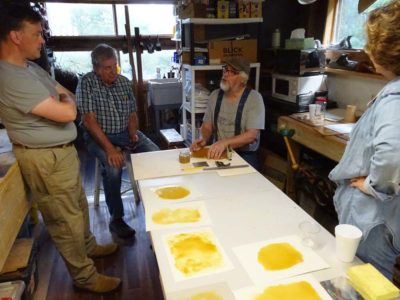
Workshops
Integral to my vision for the barn was to have it be a place of learning. As the facility was coming together, whenever I spoke to any kind of woodworking gathering the verbal response was overwhelmingly enthusiastic. The reality that unfolded was anything but. I now realize that my vision was a faulty one and the enthusiasm was superficial. Quite bluntly, almost no one wants to come to such an isolated location where local amenities are practically nonexistent, to spend a few days engaging in subjects I want to teach. Fair enough, the barn is too remote and my topics are too arcane. Like I said before, this is not a good thing or a bad thing, but just an instructive thing to add to the equation.
As a result and in recognition of reality I plan to deemphasize workshops at the barn, perhaps even eliminating them altogether, notwithstanding that I created dedicated spaces for the undertaking. Should a small group of enthusiasts approach me with the request to teach them, I will do so. That is precisely what a quartet of guys have done for next June. And, I might do an occasional blockbuster-type workshop (a Gragg chair class would be such an example, if that ever occurs; I had thought a ripple molding machine class might be such an event, but with zero response…), or I might travel a bit to teach but otherwise that part of the portfolio is likely to close. Not definitely, but likely.
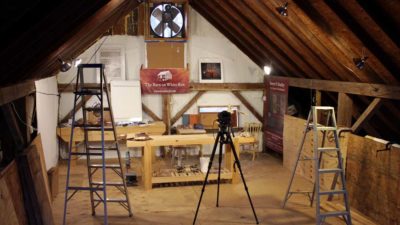
Videos
Hence my transition to teaching via video. If I cannot get folks to come here perhaps my best strategy is to go to them. I have a multitude of ideas (more than twenty full-length [>30 mins.]video concepts on the list) and a brilliant local collaborator to work with. I am committed to this path to the degree that I have the time, energy, and resources.
Further I have decided that making shorter, self-produced and thus less polished “shop technique videos” might be a useful undertaking to post on donsbarn.com, youtube or Vimeo. I will explore this avenue in the coming weeks and months.
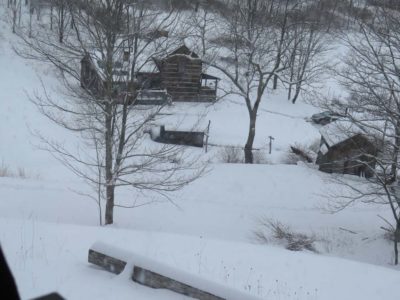
The Homestead
With several buildings, several gardens, and a power system to maintain and improve there is never a shortage of things to do here on the homestead. I want to build/expand more garden capacity for Mrs. Barn to spend time doing the thing she loves best. And fruit and nut orchards. And I want to finish creating a rifle scope for shooters like me who have lost most of the vision in their dominant eye. And another hydro turbine downstream from the current one.
And, and, and that’s all I’ve got to say on the subject.
That is The State of the Barn Address, 2019. To quote one of Mel’s favorite songs, “The future’s so bright I gotta wear shades.” Yes it is. I am living the dream.
In one sense the learning velocity for Day 3 is the same as Day 1 and Day 2, but the psychological impact of everything coming together in a beautiful outcome is almost incalculable. One thing I am mindful of is that most Day 3s of workshops are structured to make sure any meaningful instruction occurs by mid-day, as the typical impetus is for folks to start heading back home sometime in the afternoon. Sometimes students will stay until evening, but in this case all three had lengthy drives home (two to central NC and one to CT) and headed out mid-afternoon to get home before dark.
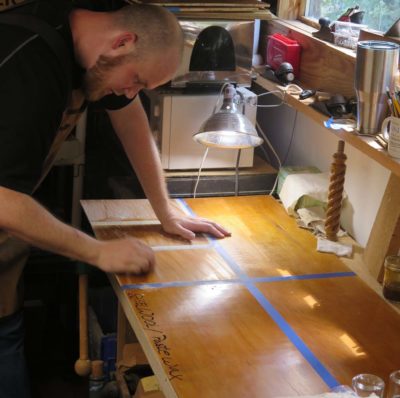

If I had to summarize the events of the third day it would be encapsulated in the word “rubbing.” The central focus of that action was the very large panels that had been varnished with brushed shellac the previous days. These panels were divided into four sections to be finished off with different rubbing protocols, including making and using abrasive pads for pumice and Tripoli/rottenstone, both with and without paste wax. Another section was burnished/abraded with Liberon 0000 steel wool and paste wax.


Though I knew the results in advance the students did not, and their excitement at seeing the results of their own hand work was most gratifying.

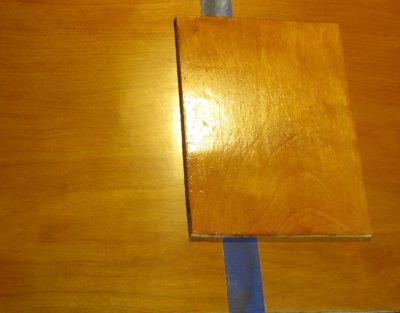
One student even brought a sample panel from his previous finish work and compared it to the panels we completed during the workshop. Needless to say the smile could not be wiped from his face. I didn’t quite get the camera angle perfect but you get the point between the almist gritty, brassy smaller panel and his new lustrous, almost glowing surface.
Our final chapter of the workshop was shellac spirit varnish pad polishing, a/k/a “French polishing.” As with the other pad-based processes, rubbing out with tripoli or pumice, they each made their own spirit varnishing pad. All these pads were made with vintage linen outer cloths and new cotton wadding inner cores, and all these were theirs to take home in a small sealed glass jar. These pads should serve them well for many years to come.

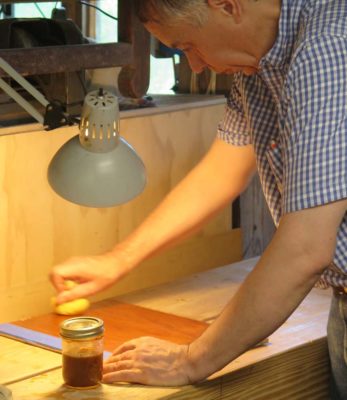
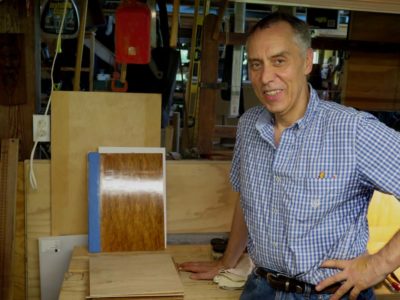
Spirit varnish pad polishing is very definitely a technique requiring an informed “feel” about how it is supposed to progress. Even though this was an introductory effort for all three students, they really took to it with enthusiasm and excellent outcomes being the result. It was delightful to see the smiles and satisfaction of accomplishment.
Though I failed to get a final photo of us all, along with their sample boards going home with them, I believe it was a woodworking-life-changing experience for them. As I told them at the outset, my primary goal was to give them confidence at the finishing bench and dispel any intimidation they might have in that regard. If their notes to me afterward were any indication, it was a success.
I want to thank for your “Historic Finishing Course” at the Barn last week. It was over the top in how it exceeded my expectations; by the end of the workshop I was seeing the process you taught working to a superb result under my own hand. A really cool result–and well worth three days of my time to learn it.
And,
I want to thank you for an awesome class! The fellowship was really great and I came away much more confident applying a lovely shellac finish.
[Yup, my compewder power cord arrived from South Carolina and I am back in bidnez. — DCW]
Day 2 included the continuation of previous exercises begun on Day 1 and the addition of some new ones to fill out the syllabus.
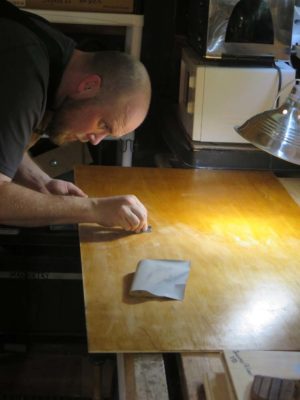

With the large panels having already been built with two innings of brushed finishing the preparation for the final application of brushed shellac was underway with the surface being scraped. I find scraping to be a “lost art” among contemporary finishers for the most part, although it was a very common weapon in the quiver of an 18th century craftsman. For convenience sake I/we used disposable single edged razors from the hardware store that I buy by the hundreds.

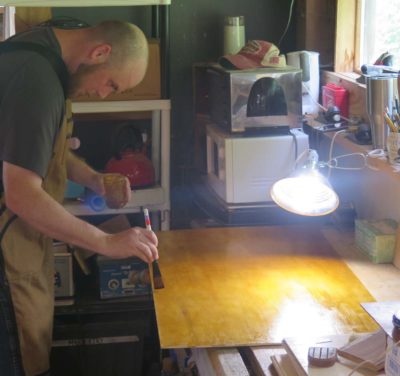
For the final application of the shellac varnish I had them switch from a 21st century nylon/sable blend watercolor brush to an oval bristle brush, much closer in style to that of 250 years ago. This gives the students a variety of experiences for similar tasks.
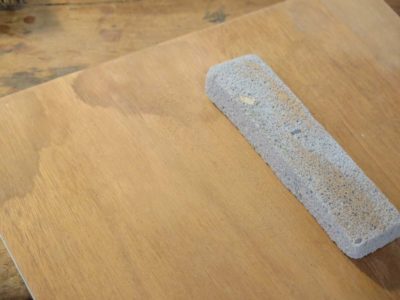
I presented a very brief demonstration of using a pumice block to prepare the raw wood, which yielded a surface that was surprisingly (to them) smooth.
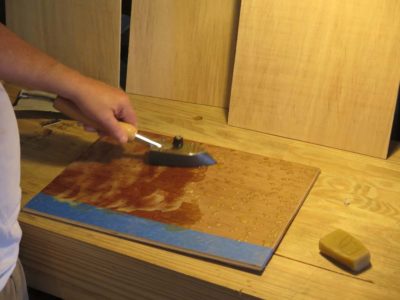
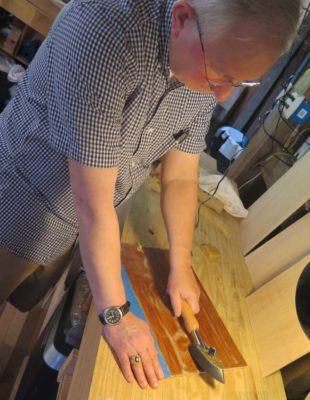
Then on to the molten wax portion of the program, wherein they prepared two sample boards for different purposes. The first was to create a “wax only” finish which I think is the most difficult finish to do well, and secondly to fill the grain for a panel to be pad polished tomorrow on Day3.
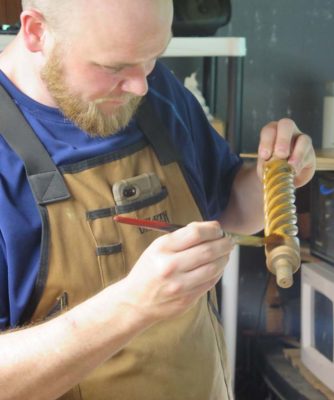
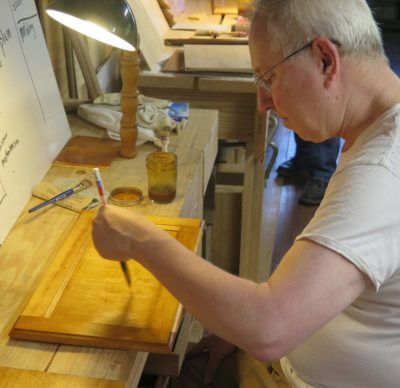
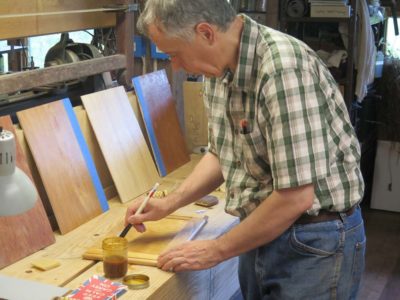
While the wax was cooling the students moved on to a pair of exercises designed to give them facility at complex surfaces. The first was to varnish a carved and turned spindle and the second a frame-and-panel door.
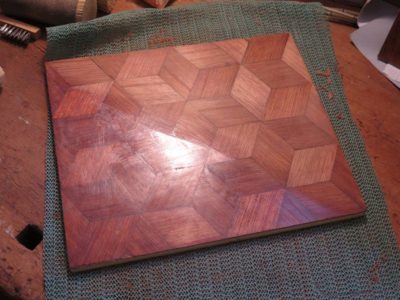
While they were doing that I was playing some more with molten wax finishes. Like I said, it is difficult to get perfect.
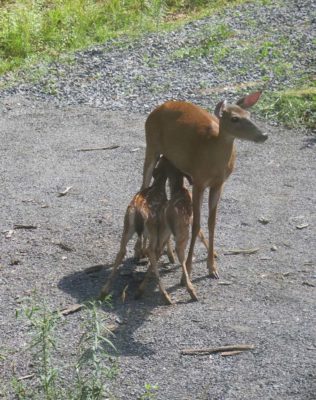
Late in the afternoon we saw this “meal on wheels” right outside the shop. Clearly they are terrified of human proximity.
Thus endeth Day 2.
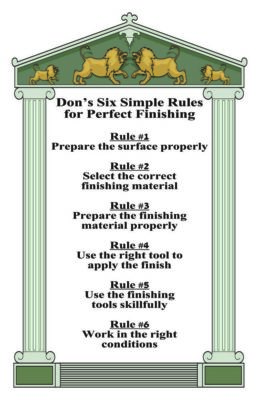
Last week was my almost-annual workshop in Historic Finishing, three days spent introducing the notions of systematic work with shellac and beeswax. This year I had three students which allowed for a lot of great fellowship and one-on-one instruction and problem solving.
It began with a discussion of the strategy of finishing I developed many years past, emphasizing the Six Simple Rules for Perfect Finishing. As always my goal is to not only teach and inform, but to change attitudes. Usually woodworkers are indifferent at best and terrified at worst to finishing, and again this year I saw the students leave with a whole new level of confidence. I cannot say they departed with my own mindset of looking forward to any finishing task, but at least they were no longer fearful of it.
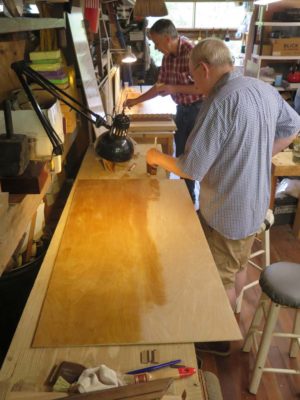

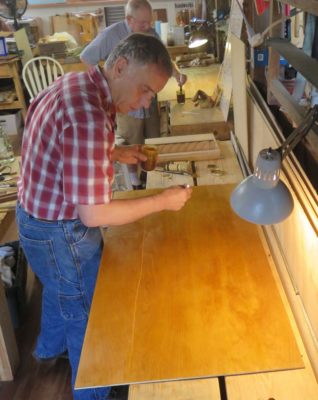
After the opening lecture they got to working on the first of a dozen exercises I had devised for them. This one was brushing shellac on a large panel, building up about a dozen coats in three application sessions, or “innings.” Using only a one-inch brush this exercise develops excellent hand skills at applying a finish evenly over a very large area, and lays the foundation for some Day 3 exercises.
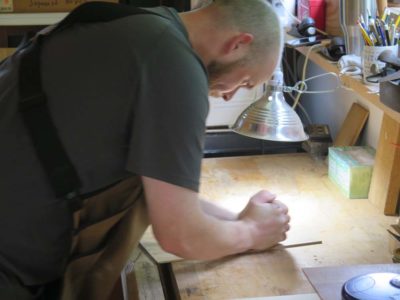
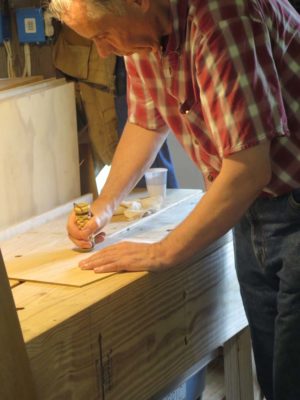
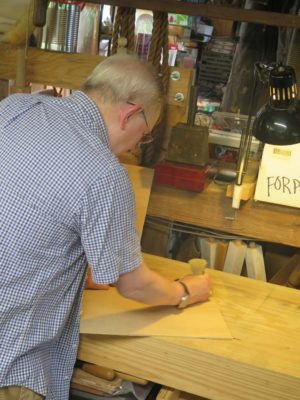
We then moved on to the means of preparing surfaces in general (the initial large panel exercise has to fall a bit out of order since it required three sessions to complete the applications; the start of Day 1, the end of Day 1, and the start of Day 2). Thus much of the day was spent building up Popeye-like forearms, a/k/a using a polissoir.

I also demonstrated the use of a pumice block for smoothing wood. This was a very common procedure in ancient days, an analog to our own use of sandpaper.
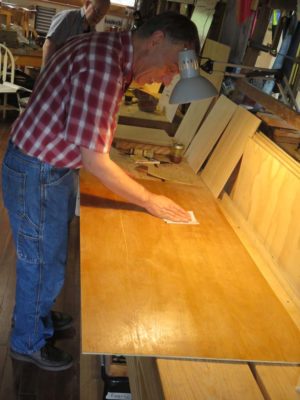


Preparing panels with the polissoirs and then a polissoirs-plus-cold-beeswax occupied much of that afternoon, followed by a light sanding of the large panel and re-application of the 2-pound shellac from the morning.

And thus endeth Day 1.
One of the applications for the Blend 31 block wax (due in the Store momentarily, I keep checking back to see if it is there yet) is to melt and dissolve it to make paste wax. My process for that is thus:
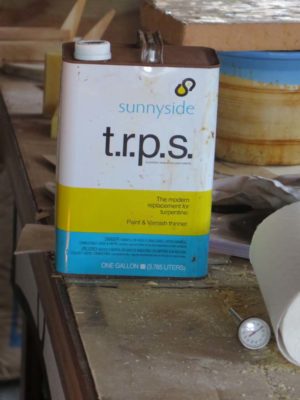
- Melt a pre-weighed portion of the Blend 31 in a small canning jar, usually a 4 oz. wide mouth jar. A coffee cup warmer is generally adequate to the task.
- Once molten, add an equal weight of solvent to it. My current solvent of choice is Sunnyside TRPS, although it is sometimes hard to find.
- Let the liquid cool and put the lid on.
There, you are done. The result is a fairly stiff paste wax, you can make it softer by adding a little more solvent.
This paste wax is awfully nice, but it takes a bit of elbow grease to buff it out. The addition of the shellac wax makes it a mick harder, slicker surface than the beeswax alone.

My recent mysterious bout of vertigo (still ongoing but mild, I describe it as being “fuzzy around the edges”) limited my work in all phases, but in the latter part of the acute phase I could gently walk the driveway and putter in the barn. One of the techniques I used was employing a long walking stick held diagonally across my torso, planting it solidly on the ground with every step in order to be a sturdy hand-hold as I wobbled my way up the hill.

One thing I could do was tidy up, put stuff away and clean the shop. Since a hand-hold was never more than arm’s length away it went pretty well. One of the chores I attacked was organizing the west end of the shop, a space opened up this year to remain heated all winter long and serve as my place to mix and make wax/finishing products. I had an idea of the spatial configuration and it turned out to be terrific. I also moved an 8-foot workbench in there to go with my six-foot folding table and the huge map case so I have plenty of counter space for my work there.
I know, famous last words. Especially coming from my mouth.

Look at me being all science-y and stuff in my new lab coat. I am not certain that my LAP cap is laboratory-grade, though.


I spent a couple days working out some production details for Mel’s Wax (a big announcement due SOON).
The primary work of Day 2 was building up the finishes in preparation for the rubbing-out and toning of the final day.

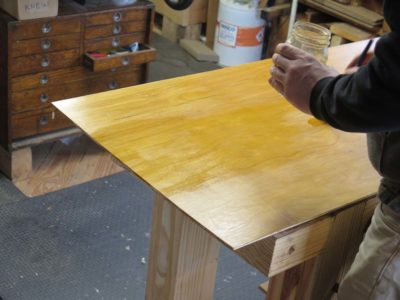
The first task was to scrape the large shellacked panels with disposable razor blades to get them smooth as silk for the final application session to follow. True enough, disposable razor blades are not historically precise but scraping is, and using the disposable blades is the best way I can get the process integrated into the workshop. If done carefully the resulting surface is pretty much a flawless ground for the final layers of varnish.

We then moved on to some tables legs to get a little time in on working with “in the round” components. These are often a challenge for inexperienced and old-time finishers alike, but one key to success in this regard is a light touch and the right brush. I’ve found that a rounded-tip brush, sometimes called a “Filbert mop” with good bristle drape results in a near-perfect application every time.

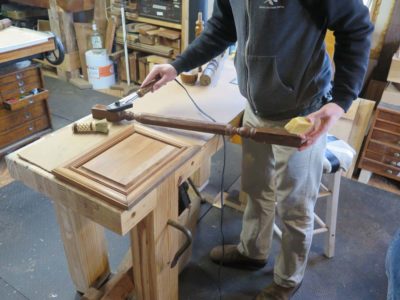
The fellows worked so fast we had time to insert a couple of exercises, one being the use of molten wax on tables legs. We let a hair dryer substitute for a red-hot poker, but the results were acceptable.
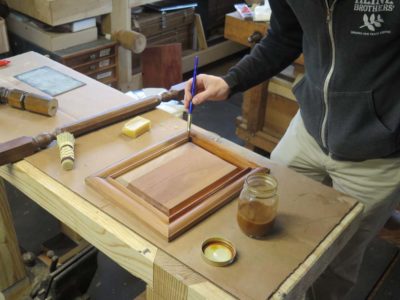
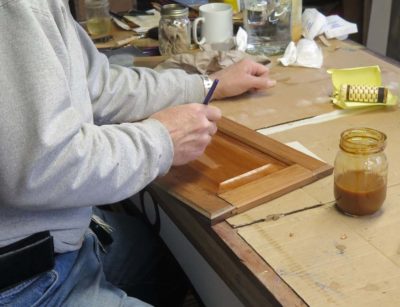
Raised panel doors are also a sometime headache, but once you get the hang of the routine it works out pretty well.
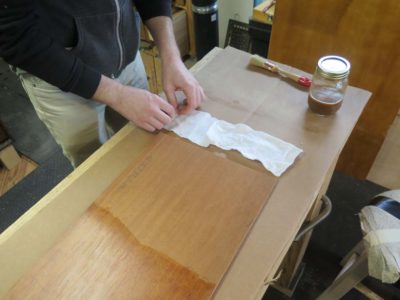
Finally it was time to start on the spirit varnish pad polishing, a/k/a “French” polishing. Each of the students constructed their own pad from cotton wadding, then charged it with the spirit varnish. (This led to a fairly involved discussion about the fabrics that are best suited for which tasks in the finishing room. I asked my long time friend and Roubo colleague Michele Pagan, a textilian for as long as I have been a woodfinisher, to write a blog post on the topic. I will post it probably next week.)

By tapping it on their palm they knew when it was ready to go. And, it gives a lovely sheen to the palm.
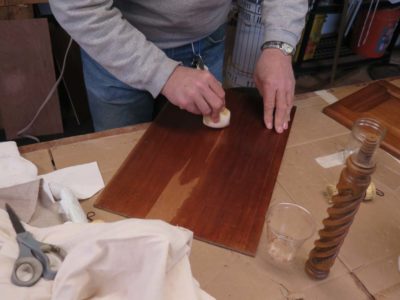
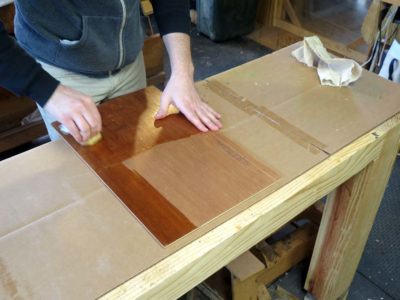

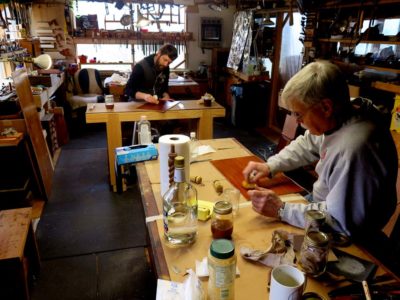

The boards they had prepared on Day 1 were partially wax-filled and partially raw-but-burnished wood. Since so much of spirit varnish polishing is “feel” there was not much to do but turn them loose.
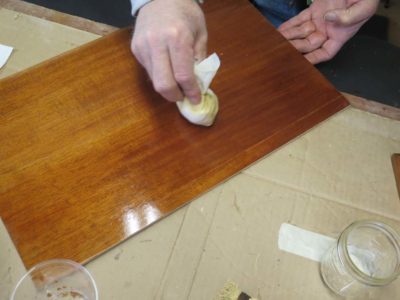
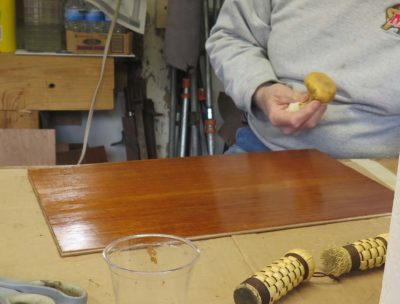
Before long there was a-glist’nin’ all over the place.
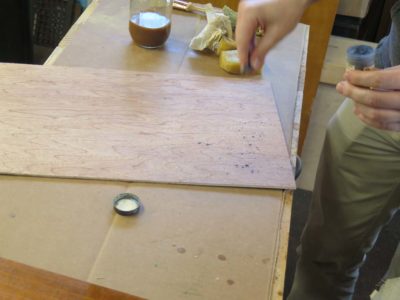
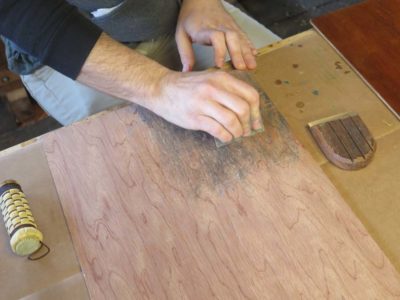
Another exercise that frankly I have never been able to get perfect was to fill the grain with beeswax and powdered colorant, pressed in to the wood grain with a polissoir. I need to work on this concept a little more, although Roubo promises success.
And with that we were done with Day 2.

































































Recent Comments